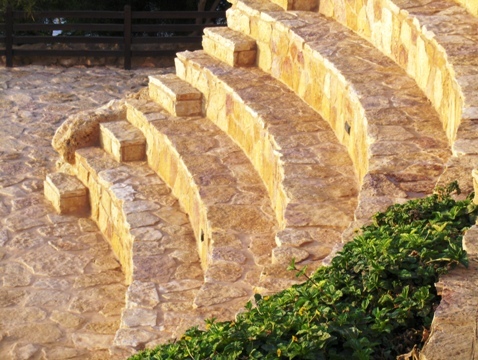Thoughts on Making the Climb

I saw in the distance a sight that nearly took my breath away. It was Mount Kilimanjaro. I stood and stared . . . I was drawn to it by the magnetism of its grandeur. -John Bowling, Making the Climb
That first sighting divided John Bowling's life into two phases: before and after Mount Kilimanjaro. This mountain's magnificence captured his imagination and adventurous spirit. Even as it caused him to dream of things he would like to accomplish in his life—new goals, new adventures, and new challenges—the image of Mount Kilimanjaro brooding over the African plain drew him once again. "Me first," it said to him.
The story of John Bowling's subsequent climb to the summit of Mount Kilimanjaro and how it changed him forever is a picture of life. All of us face "mountains." Some of them are uninvited and unexpected moments of loss, betrayal, disappointment, or illness. Other "mountains" exist as well—joyous peaks of achievement, accomplishment, and dreams fulfilled.
The greatest "mountains" are those that do not come to us. They stand in the distance beckoning us to come to them. Some of them say, "Me first." Mount Kilimanjaro did not come to John Bowling. John Bowling chose to make the climb. In the same way, opportunities stand before the Church of the Nazarene—calling us to something greater than we have ever achieved, challenging us toward a reward we have never known.
In Learning to be Last, LeBron Fairbanks and Stan Toler describe the effective leader as one who holds in one hand an honest assessment of the "present reality" and in the other, a clear understanding of the "preferred future." The two are almost never the same.
For those who hear the call, the present reality and the preferred future are mountains to be faced and conquered.
It is important to recognize and assess the "present reality" of the Church of the Nazarene. We are a vibrant, growing church of over 1.8 million members worshiping in nearly 23,000 congregations in 155 world areas. We are a mission-driven church: making "Christlike disciples in the nations." We are also a uniquely message-driven church: boldly spreading scriptural holiness. We are called to articulate the message of entire sanctification with clarity, conviction, and passion.
We must also embrace our "preferred future." Those who study demographics tell us that by the year 2030 the Church of the Nazarene will be home to three million members in approximately 200 world areas, most outside Canada and the U.S. While it is impossible to see the future with complete accuracy, we must take responsibility for having a clear vision of our "preferred future," including a continual dependence upon God, an emphasis on the inspiration and authority of Scripture, a clear proclamation of the doctrine and experience of entire sanctification, the equipping of the local church, and constant attention to new church evangelism.
Embracing all that is implied in the "preferred future" will take commitment, sacrifice, and unity of spirit and heart. In Making the Climb, John Bowling shares lessons he learned from climbing Mount Kilimanjaro that will help us as we pursue this vision for the future:
- Set a goal
- Go with a Guide
- Go with a group
- Prepare for the journey
- Keep looking up
- Travel lightly
- Maintain your balance
- Stay flexible
- Don't put yourself in danger
- Get up every time you fall down!
A mountain much larger and more majestic than Mount Kilimanjaro is waiting for the Church of the Nazarene. May God inspire each of us to get a grip on this "preferred future" and give us the courage to make the climb.
J. K. Warrick is a general superintendent in the Church of the Nazarene.
Holiness Today, September/October 2009
Please note: This article was originally published in 2009. All facts, figures, and titles were accurate to the best of our knowledge at that time but may have since changed.




